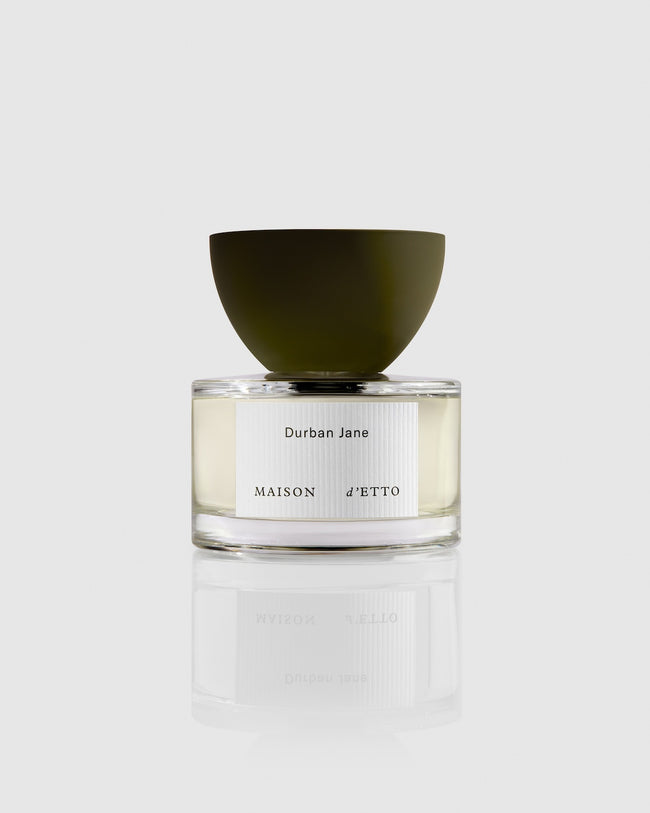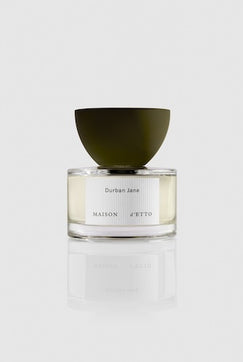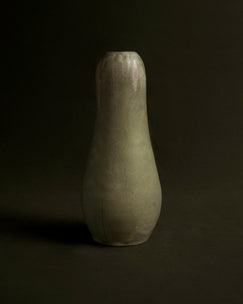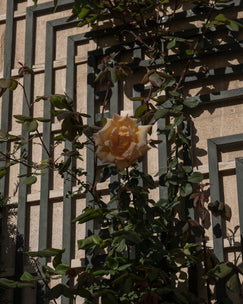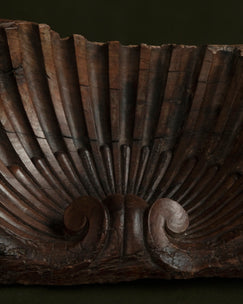Amber fragrances have been and continue to mystify perfumers and enthusiasts alike. The qualities within the genre of ambers evoke warmth to the nth degree – a value of enigmatic comfort. They are defined by loose associations of ingredients and qualities that vastly could be associated with other scent families. If the term “Amber” ceased to exist the fragrances that are most associated with the genre would have no difficulty being recategorized, as they are perhaps the most dynamic within the scent families. Typically, they lean into the historical context of Asian and Middle Eastern countries and the complexity of ingredients they introduced to the Western world through trade routes. It can draw inspiration and sometimes even utilize ancient amber stones of fossilized sap. Some perfume houses have distilled tinctures from stones that may be as old as 150 million years – though this is not typical, nor does it result in a smell associated with amber perfumes. In addition, the genre can also refer to an abbreviation of ambergris, a notoriously rare ingredient that harkens back to medieval sea-faring folklore. What results from these interpretations is an addictive elixir of warm, smoky, and sweet smells.
The tonality of amber fragrances can vary so vastly that it would be reasonable to explore the sub-genres of stylistic overlap with other scent families. To help you understand what an amber is or isn’t we will attempt to illuminate the qualities that make them so special.
A Sensory Exploration
Historically speaking ambers fell under the the larger and outdated category of “Orientals”. This was a term rooted in the Western infatuation with Asian mysticism and the rich diversity of art, culture, and ingredients that were appropriated in European art forms. Popularized in the trend of exoticism celebrated in the 1920s, they reached the height of their art form in the 1980s. The genre gave birth to campaigns and fragrances that refocused the central quality to the color and complexity of ingredients – giving us the birth of the Amber scent as we now know it. Since then the industry has moved towards more accurate and respectful titles such as “Spice” and “Amber”, which do a better job of defining the olfactive structure of the genre.
To be fair the style still marries perfectly with visions of short-haired women liberated in the velvety smoke of nightclubs. It evokes waxed mahogany wood and the hedonistic air of cigarettes, Parisian nightclubs, and interior spaces lushly decorated with curiosities of travel. The smell of mystique still informs the more modern interpretations that aim to evoke the “Je ne sais quoi” factor that leaves you wondering what exactly it is that you’re smelling.
Debunking the myths around Amber fragrances
Today, amber scents are best represented by the literal sap that is secreted from trees. Once accumulated and crystallized it embodies the visual connotation in color and smell of an amber fragrance, but these stones don’t necessarily play an important role in the final product. We recognize these stones in their decorative form as vessels for prehistoric mosquitos and modern museum jewelry, but the concept of amber stones as an ingredient is a novel concept. Amber does not create any form of essential oil, so ambitious perfumers and chemists have taken it upon themselves to find ways to distill whatever scent they can from the material. What results is a soft and fleeting aroma of lemony and rubbery frankincense. Few brands have boasted the use of specimens in the arena of 150 million years in the making, but the truth is that this approach comes at an enormous cost and guarantees no noticeable difference in smell. It is commendable at the least to say that passion and romance are still driving the boundaries of what an Amber can be.
Another ingredient that muddles the exact definition of the amber style is the aptly named material that is ambergris. Long contested of its origin, makeup, and rightful purpose it has been as elusive as the smell itself. It has changed uses in history as our understanding has evolved but what has never been contested is its unique and mercurial aroma. It smells sweet, balsamic, resinous, oceanic, leathery and fecal. In no order or guarantee, but in some sort of combination we can draw similarities to the qualities of amber scents previously described, which is why some rich ambers do in fact contain distillations of ambergris in small and diluted amounts. So what is this mystery ingredient you may be wondering, just as people have for centuries; it is a combination of squid beaks, bile, and excrement solidified in the bodies of sperm whales. It happens upon lucky discoveries washed ashore or extracted from the carcasses of dead whales. Ambergris is strangely not unapproachable but the detailing of its nature can be explored elsewhere.
Modern perfumers will utilize the aforementioned materials in varying degrees of natural and synthetic combinations but this still doesn’t answer the direct question: “What is an Amber?”
So what is an Amber?
An Amber is more or less a structure of labdanum or ambergris in the base. Both ingredients are the backbone of smoky indistinguishable air that gives amber its unique quality. Labdanum is the gum resin derived from Cistus, also known as “Rock Rose” that attributes a heavy, smoky, and sweet scent that some have described as an anise and root-beer-like smell. These ingredients don't need to be present but in some compensation, you may find another resin or patchouli in place to add depth.
Following would be a supportive not of heliotrope, tonka, or vanilla which soften the abrasive and masculine force of smoke. These are not necessary but aid in the soft, pillowy qualities that resins pair so well with. Vanilla has become the signature of many amber scents that seek to create the feminine mystique whereas more masculine ambers lean into the natural palette of earthy quality.
Lastly, the most recent and delicate contributors are citrus and florals. Flowers like jasmine and orange blossom naturally communicate the sweet whisper of velvet, they trick the nose with indolic sillage that can sometimes smell like hay or sweat. A scent like Verdades from our collection would display this complicated interrelationship between dark, deep textures and the smooth sparkling nature of florals.
To summarize in much simpler terms, an amber fragrance can be many things, but what it does is expand and challenge the wearer to think about scent in an expansive spectrum. Like a symphony, an amber will hit many notes, sometimes all at once and sometimes with gentle transitions. The color itself is rich and varies from a dark rummy tone to a light golden elixir. The viscosity can be so concentrated n that it stains the skin with a soft glow or can be so light that it is worth a liberal misting. What an amber scent isn’t…is to be overlooked. It contains the multitudes of a complex character, one which deserves its own story. Just what it says on your skin is for you to find out.
